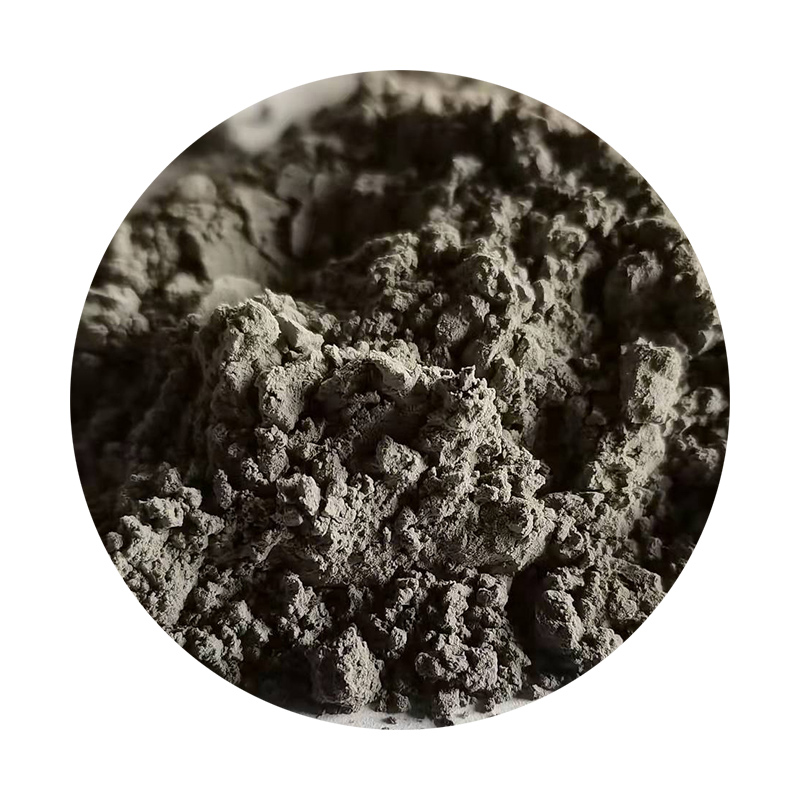Can You Sand a 3D Print?
3D printing has revolutionized the way we produce objects, allowing for unprecedented creativity and customization. From detailed miniature models to functional prototypes, the technology promises the ability to bring ideas to life. However, 3D printed items often require additional post-processing to achieve a smooth, professional finish. One common question that arises in the post-processing phase is Can you sand a 3D print?
Absolutely, sanding 3D prints is not only possible but is often necessary to refine the finished product. However, the sanding process can differ depending on several factors, including the material used for printing and the desired outcome.
Materials and Their Sandability
Different 3D printing materials respond uniquely to sanding. The most common materials, such as PLA, ABS, and PETG, have distinct properties that influence how effectively they can be sanded.
1. PLA (Polylactic Acid) PLA is one of the most popular 3D printing materials, primarily due to its ease of use and biodegradable nature. When sanding PLA, it is important to start with a coarser grit (around 100-150) to remove any layer lines and imperfections. After that, transitioning to finer grits (up to 400 or even higher) can help achieve a smooth finish. PLA tends to produce a lot of dust, so wearing a mask is advisable.
2. ABS (Acrylonitrile Butadiene Styrene) ABS is known for its strength and heat resistance, but it can be trickier to sand due to its tendency to melt under heat. This means that sanding should be done carefully, starting with a medium grit (around 220) to avoid generating too much heat, which could compromise the print. Once the initial layer lines are smoothed out, finer grits can be used to achieve a polished surface.
3. PETG (Polyethylene Terephthalate Glycol-Modified) PETG is another popular material that combines the best of PLA and ABS. It is more flexible than both, making it durable yet slightly more challenging to sand. Similarly to PLA, start with a coarser grit and work your way finer. A notable tip with PETG is to sand it slowly to prevent heat build-up.
can you sand a 3d print

Techniques for Effective Sanding
The method you choose to sand your 3D print can significantly influence the results. Here are some useful techniques
- Wet Sanding This involves using water or a lubricant while sanding, which can help minimize dust and reduce heat. This technique is particularly effective for materials like PLA and ABS, helping achieve a smoother finish.
- Sanding Blocks and Tools For larger surfaces, using sanding blocks can help maintain an even pressure, ensuring a flat finish. For intricate parts or corners, using fine-grit sandpaper wrapped around small tools or fingers can provide better control.
- Sanding Sponges These are great for contours and curved surfaces, allowing for more flexibility than traditional sandpaper.
Finishing Touches
Once the sanding process is complete, many enthusiasts choose to apply a primer or paint to give the print a polished look. Primers often help fill in any remaining imperfections, providing a smoother base for painting. A clear coat sealant can also be applied afterward to protect the surface and enhance its appearance.
In conclusion, sanding a 3D print is a valuable step in achieving a professional-quality finish. By understanding the materials and employing effective sanding techniques, you can significantly elevate your 3D printed projects. Whether you’re prototyping a new invention or creating an artistic piece, don’t shy away from this important post-processing step. Happy printing!
Post time:Aug . 15, 2024 13:01
Next:Exploring the Various Materials Utilized in the Sand Casting Process for Manufacturing Parts
